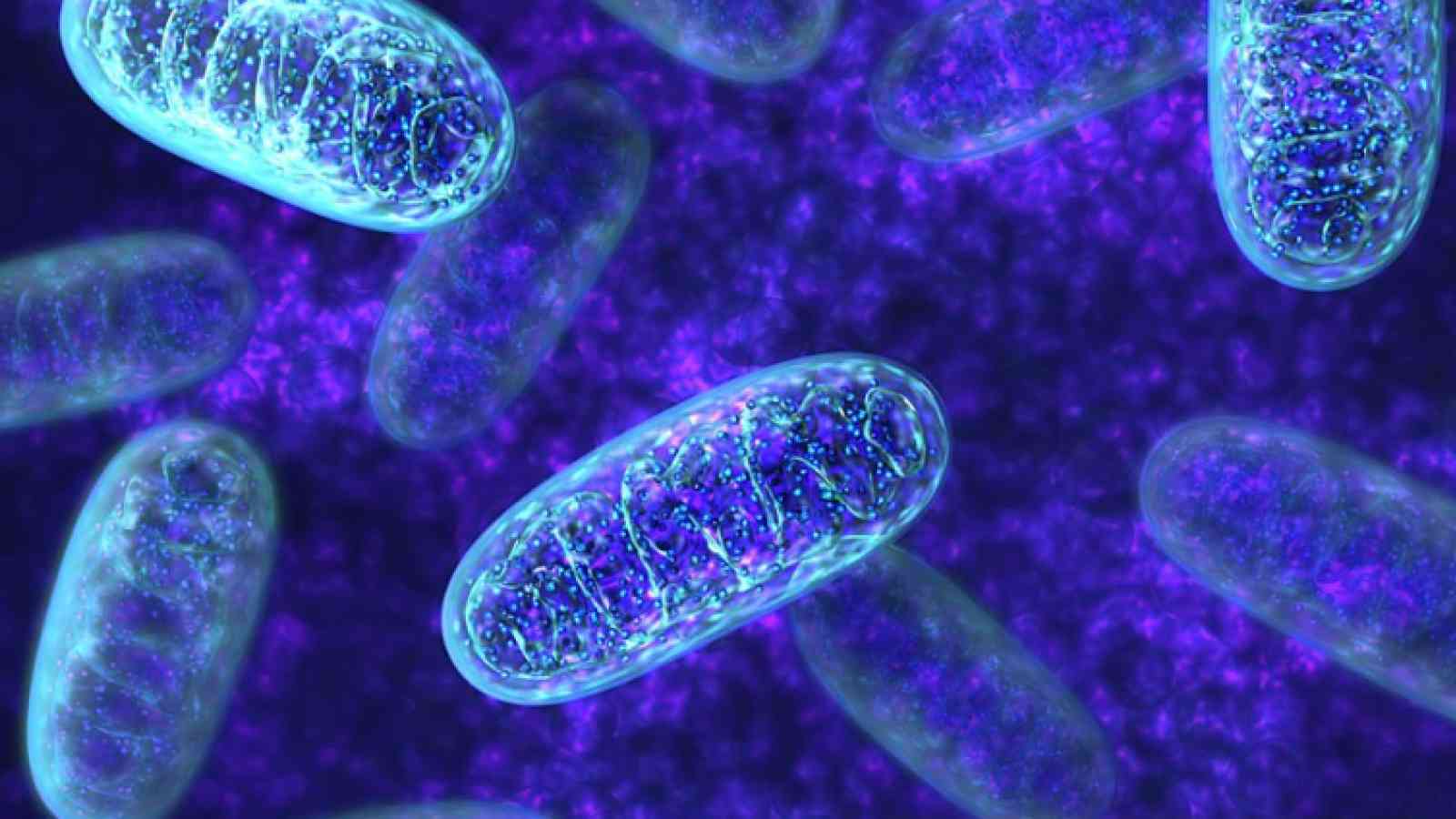
Mitochondria Care: Foundation to Health Creation
In the ever-expanding field of cellular health, mitochondria have emerged as far more than simple energy producers. These tiny organelles sit at the very core of our physiology, sensing our environment, translating information, and orchestrating the balance between health and disease.
When we learn how to care for our mitochondria, we are in effect building the true foundation for vibrant, resilient health.
The Role of Mitochondria
Traditionally described as the “powerhouse of the cell,” mitochondria are in fact sophisticated energy transducers and environmental sensors. They not only generate ATP (our cellular fuel), but also:
- Regulate inflammation and immune function
- Govern cellular repair and detoxification
- Synchronise circadian rhythms, setting the stage for all hormones
- Communicate with our gut microbiome and nervous system
- Respond to emotional stress and trauma
Every moment, mitochondria assess incoming information—nutritional status, oxygen availability, toxins, temperature, light exposure, and gauging our emotional experiences—to adjust how much energy to produce and where to direct cellular resources.
Symptoms of Mitochondrial Dysfunction
When mitochondrial performance falters, symptoms such as:
- fatigue,
- brain fog,
- mood instability,
- metabolic dysfunction, and
- accelerated ageing can appear.
Modern Challenges to Mitochondrial Health
In today’s world, our mitochondria are constantly challenged by environmental factors that impair their ability to function optimally. These include:
Toxins and Pollutants
- Mould mycotoxins from water-damaged buildings and contaminated foods
- Pesticides and herbicides such as glyphosate
- Heavy metals including mercury, lead, and cadmium
- Airborne particulate pollution and volatile organic compounds
These substances interfere with mitochondrial enzymes, damage mitochondrial membranes, and create oxidative stress
Electromagnetic Fields (EMFs)
Emerging evidence suggests EMFs will subtly alter mitochondrial membrane potential and calcium signalling, leading to disrupted cellular communication and energy production.
Nutrient Deficiencies
Modern processed diets often lack key mitochondrial cofactors such as:
- magnesium,
- selenium,
- zinc,
- molybdenum,
- CoQ10,
- B vitamins,
- essential fatty acids.
Circadian Disruption
- Shift work,
- blue light exposure at night,
- poor sleep,
- and artificial lighting
These interrupt mitochondrial timing signals that regulate repair and energy production.
Chronic Emotional Stress
Mitochondria are highly responsive to our emotional state. Prolonged activation of stress pathways can lead to mitochondrial exhaustion, oxidative stress, and inflammation.
The importance of Hormeses
Throughout human evolution, mitochondria were trained to respond to periodic environmental stressors:
- fluctuating temperatures,
- physical exertion,
- fasting,
- and occasional nutrient scarcity.
These intermittent challenges pushed cells to repair, regenerate, and grow stronger. In modern life, with year-round temperature control, constant food availability, and minimal physical hardship, we’ve largely removed these beneficial stress signals. Without them, mitochondria can become stagnant and less resilient.
Examples of Hormetic Stress
- Exercise and movement
- Cold exposure (cold showers, ice baths, seasonal adaptation)
- Intermittent fasting or fasting-mimicking diets
- Occasional heat stress (saunas, hyperthermia therapy)
- Breathwork and oxygen variability practices
Note: These stressors work best in periods — we are not designed to be cold, fasting, or exercising all the time. Short, calculated bursts of hormetic challenge stimulate mitochondrial biogenesis, improve energy efficiency, and strengthen cellular defences.
Redox Balance and Mitophagy
A central theme in mitochondrial care is the regulation of redox balance — the equilibrium between oxidation (ROS production) and reduction (antioxidant defences). This dynamic dance determines whether mitochondria operate in a state of health or dysfunction.
As we age or face chronic environmental stress, mitochondrial DNA mutations (heteroplasmy) can accumulate, reducing their efficiency. Supporting mitophagy — the removal of damaged mitochondria — is a key longevity strategy.
The Gut-Mitochondria-Nervous System Connection
Mitochondria do not function in isolation. Their relationship with both the microbiome and nervous system is profound:
- A balanced gut microbiome produces metabolites that directly fuel mitochondrial energy pathways.
- Emotional trauma and unresolved stress create mitochondrial dysfunction through neuroendocrine pathways, perpetuating fatigue, chronic inflammation, and cellular burnout.
In many respects, mitochondrial healing becomes both a biochemical and emotional healing process, requiring attention to body, mind, and environment simultaneously.
Conclusion
In the pursuit of long-term health, resilience, and longevity, caring for mitochondrial function offers a central therapeutic anchor. By tending to these master regulators of energy and cellular communication, we restore vitality at the deepest level.
When you nourish your mitochondria, you nourish life itself.
Explore More
For a deeper exploration of these concepts, check out these podcasts on mitochondrial health and integrative approaches. To learn these principles through LIVING them, join us at the NEXT LEVEL RETREATS.
